On December 1st, Beijing time, at the Qualcomm Snapdragon 8 conference, Xiaomi founder and CEO Lei Jun used pre-recorded video to send his blessings to the Snapdragon flagship new product launch conference. He also announced that Xiaomi Mi 12 will be the world premiere of Snapdragon. Dragon 8 mobile platform.
Later, a dramatic scene happened. Motorola announced the release of edge X30 equipped with Snapdragon 8 on December 9. The “world premiere” of Xiaomi Mi 12 became an indelible thorn.
But at least after today’s press conference, Mi 12 is the second Snapdragon 8 mobile phone we can buy. The capabilities of this chip will be revealed one by one.
MIUI 13
At the beginning of the conference, Lei Jun handed the microphone to Jin Fan, the head of MIUI. In the past year, half of the controversy over Xiaomi from the outside world may have been caused by MIUI, so this time Jin Fan summarized the problems encountered in MIUI 12.5, with a little bit of guilt.
Jin Fan came up and reviewed himself. Fortunately, most of the bugs were fixed before MIUI 13 went online, and he started to introduce MIUI 13.
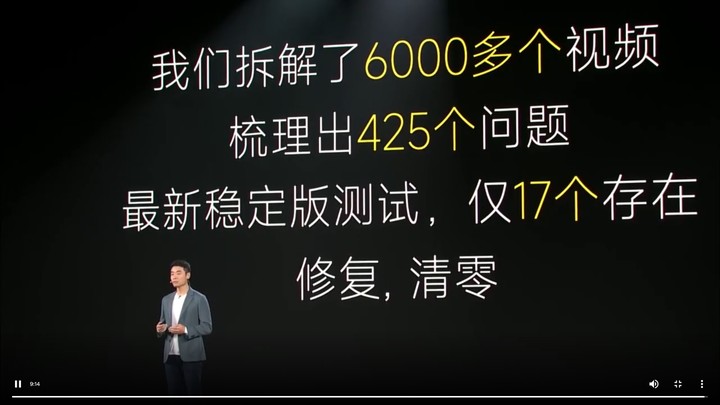
The first is basic optimization. The optimization mechanism of the underlying architecture brings “focus computing”, “atomic memory”, and “liquid storage”. Officially, the system application fluency of MIUI 13 is 20-26 higher than that of the MIUI 12.5 enhanced version. %.
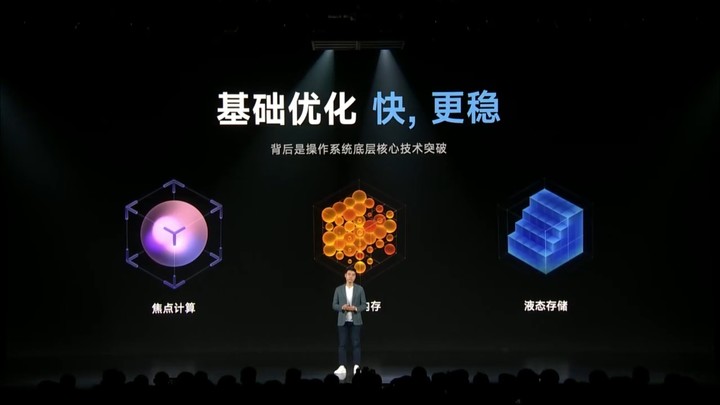
The next update is aimed at privacy security. Starting from MIUI 12, Xiaomi has begun to pay attention to user privacy. This time, it also added face verification protection and document privacy watermarking functions.
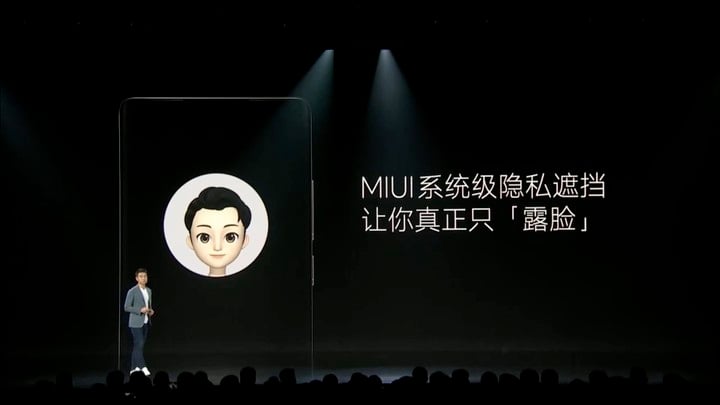
For the increasingly valued telecommunications fraud prevention problem in this society, MIUI 13 also provides its own solutions, adding full-link electronic fraud protection, including system-level electronic fraud warning, official warning signs, and risk transfer Protection function.
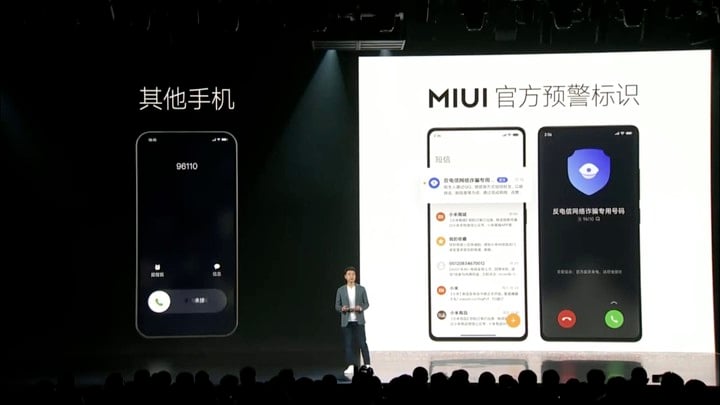
In addition, in terms of UI, MIUI 13 uses the brand new MiSans font. Of course, like the self-made fonts of other brands, Xiaomi will also open the MiSans font to the public. In the future, everyone will add another font without copyright restrictions.
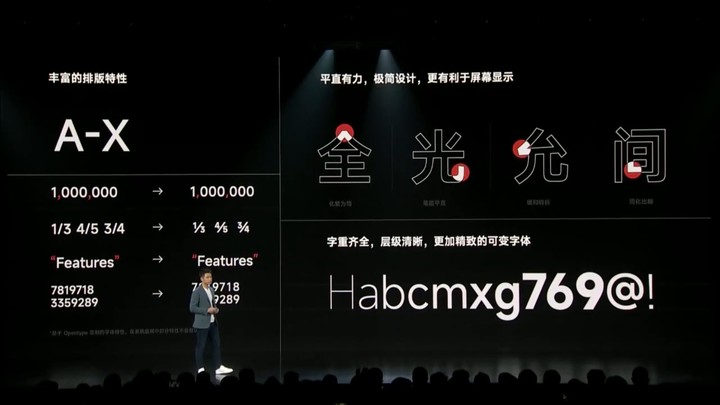
And the new wallpapers that will be available every time the system is updated, Xiaomi has not left. This time, in conjunction with Beauty Science, we used a polarized light microscope to photograph the changes in the formation of different crystals such as vitamin C and citric acid. These contents are all one by one. Install it” on the screen of the Xiaomi phone.
What I personally like more is that MIUI 13 provides a lot of new widgets, and even some widgets can be used to play. Generally speaking, it is quite interesting.
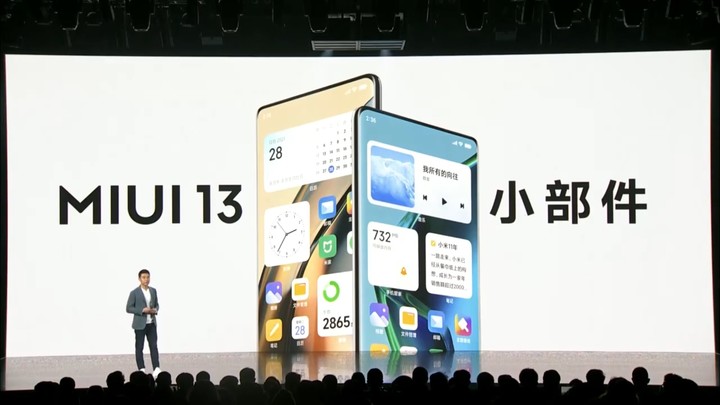
The last upgrade item is about Xiao Ai. It is a bit like a virtual idol in the recent fire. MIUI 13 users can create an exclusive Xiao Ai with their own voice, wake-up words, clothing and accessories.
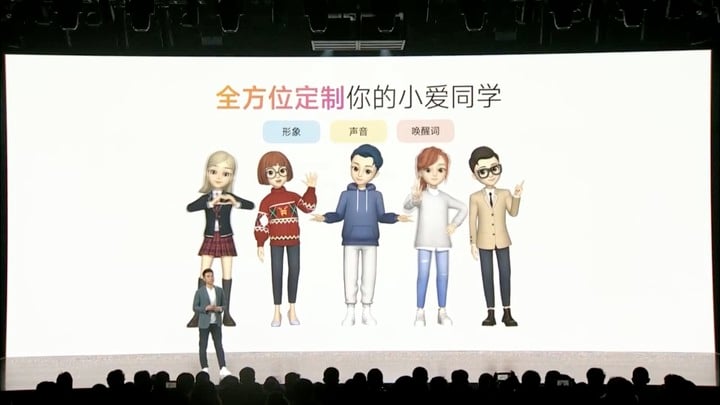
The above is the end of MIUI 13 mobile phone. There are not many innovations, and the main requirement is stability. In addition, there is also the MIUI 13 for Pad system for Xiaomi tablets, which adds multi-task free windows, global shortcut keys, and adaptation of 3000 commonly used applications.
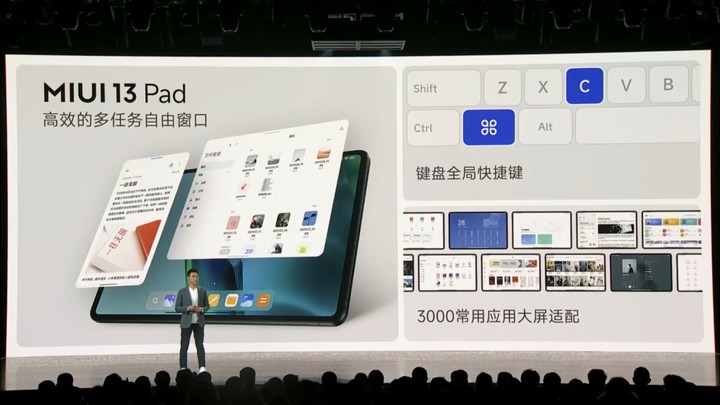
In addition, Xiaomi Mi Pad 5 Pro has launched a new version with large memory, along with two new keyboard-style double-sided protective cases (wild green and clear sky blue), Xiaomi Mi Pad 5 Pro 8G+256GB is priced at 3099 yuan, The initial price is 2,999 yuan, and the two protective cases are priced at 399 yuan each.
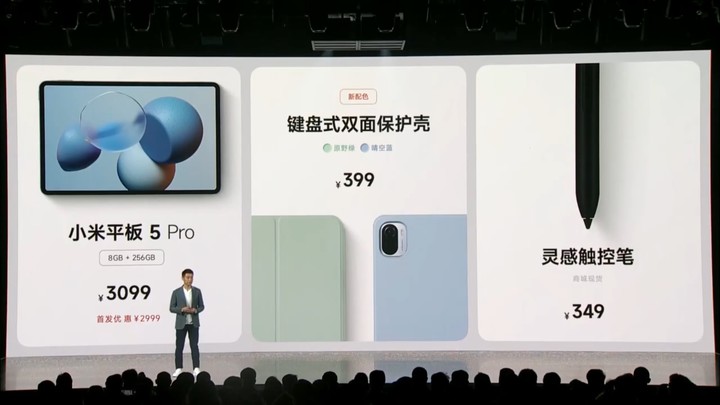
MIUI 13, released today, is expected to be released around the end of January 2022. Those who want to try new things can join the development version internal test plan. The first wholesale version will be released around the 29th of this month.
After MIUI 13 was released, Jin Fan’s painting style changed and he began to look forward to the future MIUI with the audience, and brought a brand new MIUI Family.
Simply put, in the future, not only mobile phones and tablets can use the MIUI system, but also watches, smart homes and corporate TV screens will use MIUI, which are called MIUI Watch, MIUI Home and MIUI TV Enterprise Edition. Between different devices, You can use the Xiaomi Magic Sharing Center for screen projection and collaborative work. Xiaomi even mentioned a word that we have heard a lot in recent years, “cross-device transfer.”
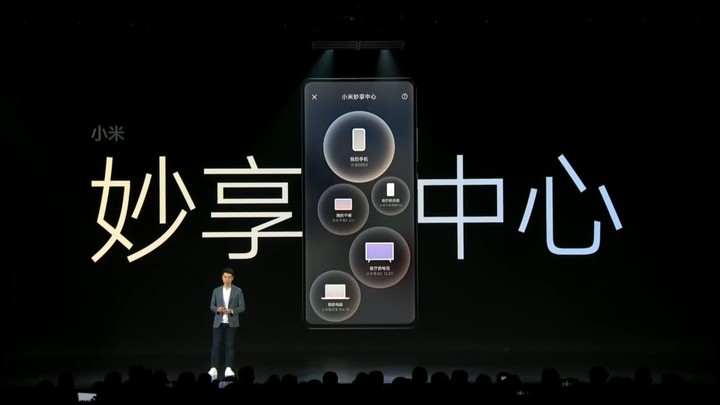
In the Xiaomi Magic Enjoy Center, nearby smart devices will be displayed intuitively. Users can drag and drop music, images, applications and other content between different devices. The operation looks familiar. Xiaomi further supports Dress up devices with stickers to facilitate users to identify and distinguish different devices.
At the same time the MIUI Family was announced, the MIUI official website also ushered in a big change. This promotional image opened the prelude to MIUI connecting everything.
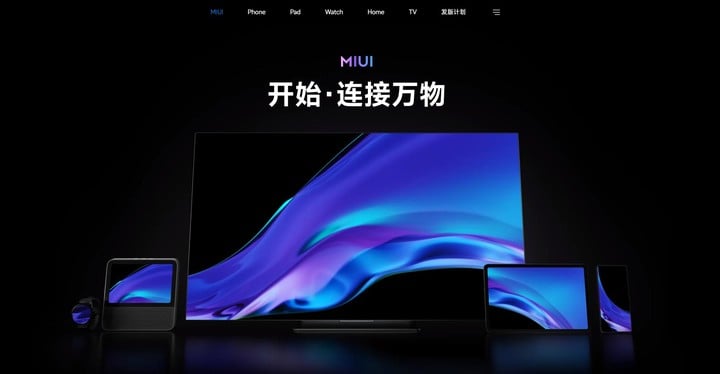
Mi 12
Looking ahead to MIUI above, Lao Wei, the head of the Xiaomi Mi 12 series, came on stage and first brought the Xiaomi Mi 12, which was small in size.
It’s hard to imagine that we are now beginning to call a mobile phone with a 6.28-inch screen as a small-size mobile phone. The reason why Xiaomi Mi 12 has the confidence to label itself as a small-screen flagship is mainly because of its width and weight. These two data are 69.9mm and 180 grams (glass version), which can be held and operated with one hand.
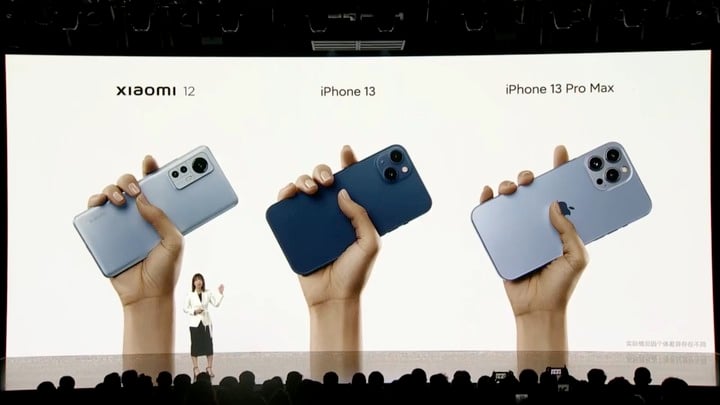
The phone size is not big, but the screen configuration is full. The screen resolution is 2400 x 1080, which achieves DCI-P3 color gamut, 12bit color depth and 120Hz refresh rate, peak brightness of 1100 nits, contrast ratio of 5000000:1 and supports Dolby Vision, as well as Corning Gorilla Victus glass .
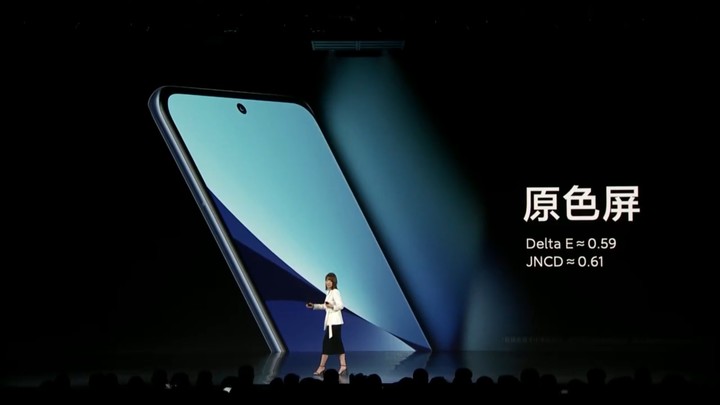
Various indicators have reached the industry’s top-level standards, so this screen has obtained DisplayMate A+ certification.
In terms of performance, Mi 12 and Mi 12 Pro, which will be mentioned later, are equipped with a new Snapdragon 8 mobile platform made of 4nm process. It consists of a Cortex-X2 3.0GHz super core, three Cortex-A710 2.5GHz large cores and four Composed of a Cortex A510 1.8GHz small core, the architecture is updated to the new Armv9, and the GPU has also been fully updated.
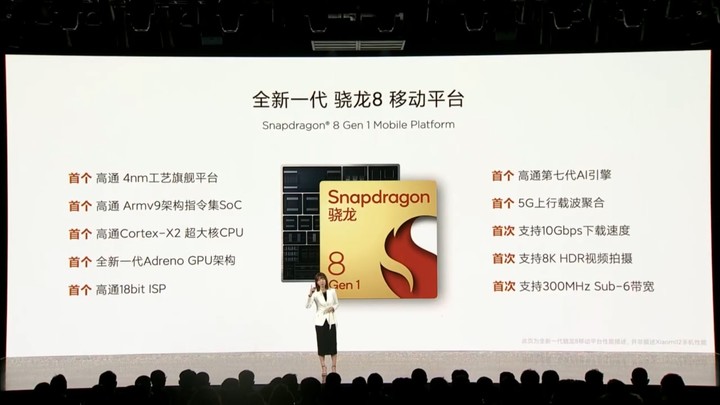
At the meeting, Wei gave enough time to introduce the Snapdragon core. At the same time, for the purpose of “Yulong”, a 2600mm² super large VC liquid-cooled heat sink was placed inside the Xiaomi Mi 12, which matched the dynamic release of performance and switched between different performances in different processes. Achieved a 30% reduction in power consumption when playing “Honor of Kings” in 120fps mode for 30 minutes.
It seems that the game performance of Mi 12 is very reliable this time. As for the video part, they have put a lot of effort into it.
The word “50MP” is printed on the rear camera module of Mi 12, which refers to the main camera, which uses Sony IMX766 sensor, 1/1.56” photosensitive area, 50 million pixels, aperture F/1.88, 6P lens and supports optical protection. Shake, the equivalent focal length is 24mm.

The bottom one is a 5-megapixel telephoto macro with an equivalent focal length of 50mm; the bottom one is a 13-megapixel ultra-wide-angle lens with an aperture of F/2.4 and an equivalent focal length of 12mm, which can shoot a 123° ultra-wide angle lens. Wide viewing angle.
In addition, the Mi 12 series is equipped for the first time with the new Mi Imaging Brain, which is divided into four functional modules: intent recognition unit, acceleration engine, computing unit, and ecological engine. With its blessing, whether it is day or night, static shooting or snapping, the speed has been greatly improved.
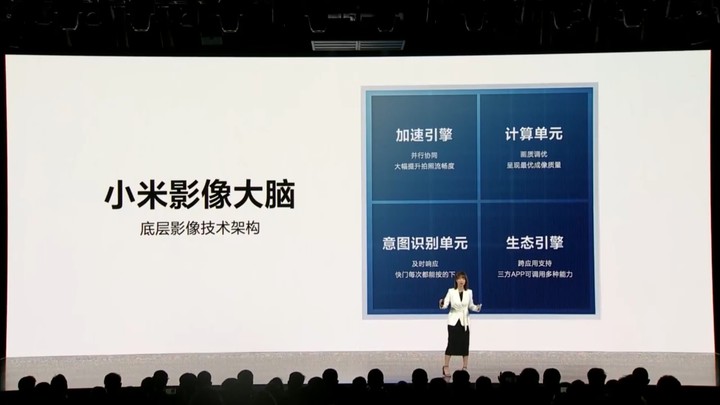
In addition, in order to achieve a faster focus tracking capability, the Xiaomi Mi 12 series uses the same tracking recognition algorithm CyberFocus of the “Iron Egg” to judge different objects and perform stable tracking. The rounding is equal to the Xiaomi Mi 12 using the car visual recognition algorithm.
Therefore, for the first time, Xiaomi supports the human eye tracking ability. After turning on the human eye recognition function, it can firmly catch the eye every time it takes a shot.
The front screen is digging holes in the center, using a 32-megapixel front lens, using skin repair algorithms to achieve natural concealer and acne-marking self-portrait effects. Maybe the old Wei who “brings money into the group” can make the Xiaomi 12 series The self-portrait effect keeps up with the OV family.
In terms of battery life, Mi 12 is equipped with a 4500mAh capacity battery, which supports up to 67W wired second charging, 50W wireless second charging and 10W reverse charging. In the wired state, it can be charged to 100% in 39 minutes.
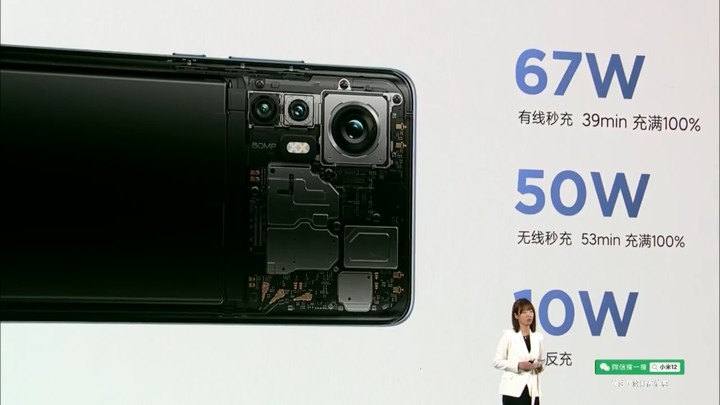
Such a small-sized flagship with full configuration starts at 3699 yuan (8+128GB), and the prices of the other two versions are 3999 yuan (8+256GB) and 4399 yuan (12+256GB) respectively.
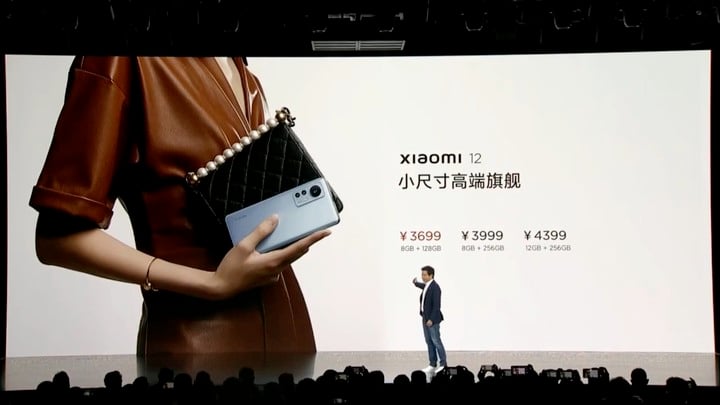
Mi 12 Pro
After talking about “Small Screen Flagship”, we have arrived at the real flagship Mi 12 Pro. Its body size is 163.5 x 74.6 x 8.16mm (glass)/8.66mm (plain leather), and weighs 205 grams, which is a circle larger than Mi 12.
It has four colors of black, blue, purple, and field green. Except for the last one, which is made of plain leather, the rest are made of glass.

Also because of the larger body, you can plug in a 6.73-inch 2K micro-curved screen, using the latest Samsung E5 luminous material. The specifications of this screen are also fully expanded. Its resolution is 3200×1440, which supports 10bit color depth, using the second-generation LTPO material, to achieve the highest 120Hz intelligent dynamic refresh rate technology.
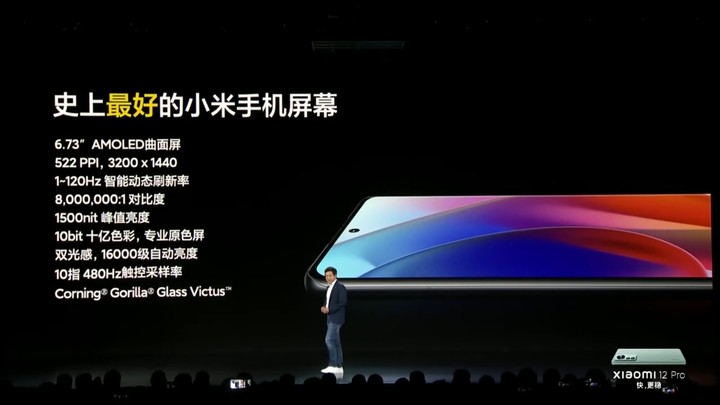

Thanks to the use of Samsung E5 material and Micro-Lens, the screen brightness and power consumption have been significantly improved. The full screen brightness is up to 1000 nits, and the peak brightness when watching HDR videos can reach 1500 nits, and Support Dolby Vision.
The screen of the Mi 12 Pro is calibrated before leaving the factory. The official said the screen is JNCD≈0.43 and deltaE≈0.4. Both of these are indicators for measuring color accuracy. The smaller the number, the more accurate the color.
In addition, Xiaomi has also introduced a natural eye protection mode, which uses AI training to identify the proportion of harmful light on the screen to intelligently reduce it. In short, it can reduce the total amount of harmful blue light while maintaining the natural reproduction of colors as much as possible, which is regarded as the original eye protection mode. Small improvements made on the basis.
This screen supports ten-finger 480Hz touch refresh rate, and a new glove mode is added. Users can also perform basic operations while wearing gloves. But if you want to play the King of Glory or Peace Elite with gloves in winter, then give up, glove mode It is not applicable to scenes such as games.
There is also a 10x touch super-resolution function, which further subdivides a single pixel. With more touch partitions, the movement of the finger will be smoother.
Under the screen, there are Qualcomm Snapdragon 8 core and its cooling components.
In order to control this generation of Snapdragon, Xiaomi Mi 12 Pro is equipped with a 2900mm² VC heat sink and three layers of graphite sheets with an area of 5727mm²/4700mm²/429mm² respectively to ensure heat dissipation performance.
Before the launch of the conference, Xiaomi mobile phone posted a string of data on its official Weibo:
King of Glory, Mi 12 Pro played for half an hour at nearly full frame, with a maximum of 43.5 degrees.
Although I don’t know in which environment it was tested, this result is better than last year. Those who want to know the actual test results can follow our follow-up evaluation video.
After talking about the game, let’s talk about the image capabilities of the Mi 12 Pro. After all, in most people’s minds, mobile phones have replaced the original camera in many scenarios, and the most common situation we encounter is to take pictures with our hands up.
This time Xiaomi Mi 12 Pro chose 50 million three main camera configurations, which are wide-angle, portrait lens and ultra-wide-angle from top to bottom. In order to achieve a stronger night scene performance, Xiaomi used Sony’s latest generation flagship CMOS IMX 707 for the most eye-catching wide-angle lens, the world’s premiere, with a 1/1.28” ultra-large photosensitive size, four-in-one single pixel up to 2.44μm, Aperture F/1.9, 7P lens, support optical image stabilization, focal length equivalent to 24mm.
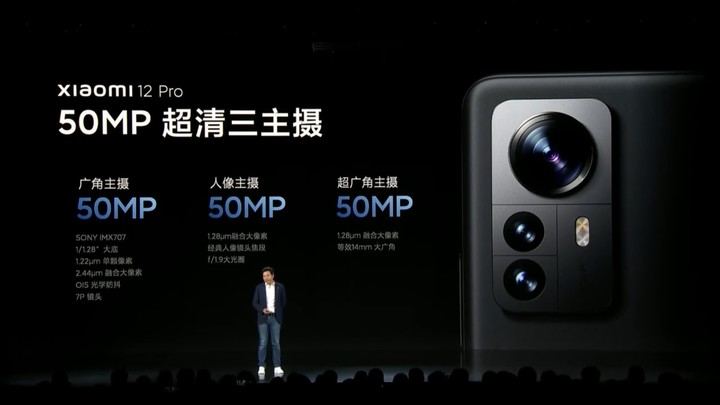
The portrait lens uses Samsung JN1 sensor, the size is 1/2.76”, the aperture is F/1.9, 5P lens, the equivalent focal length is 48mm, which acts as a double telephoto function; the final ultra-wide-angle lens also uses Samsung JN1 CMOS, aperture F/2.2, The 6P lens can achieve a 115° shooting angle, and the equivalent focal length is 14mm.
The three cameras are all 50 million pixels, and all support the super night scene mode, so satisfactory photo effects can be obtained in low light at these focal lengths.
The Night Owl 2.0 algorithm has greatly improved the suppression of highlights, because it improves the HDR capability in low-light environments, and without highlight interference, the picture will appear purer.
In the battery life link, Xiaomi moved the surging chip out.
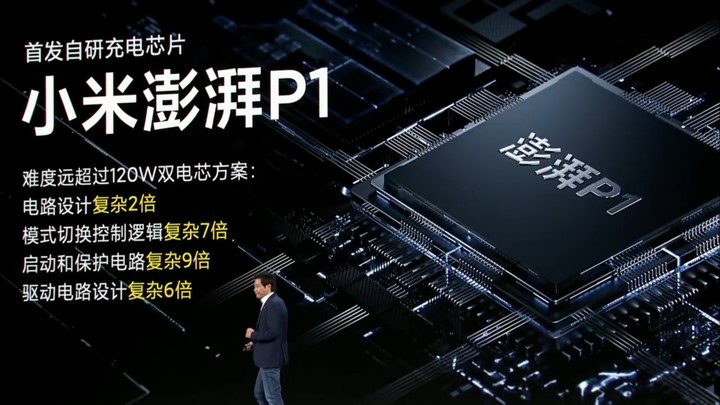
Surging P1, this is an electronic control chip specially made by Xiaomi for 120W fast charging. With its blessing, Xiaomi uses a 4600mAh single-cell battery, and is equipped with 120W surging seconds. In the fast mode, it takes 18 minutes to charge from zero, and it only takes 24 minutes in the constant temperature mode; and in the 50W wireless In the second charging state, it takes 42 minutes for the battery to go from zero to one hundred.
In fact, compared with the results of MIX 4, the charging strategy of Mi 12 Pro is more conservative. This may be an optimization to delay battery aging.
The price of Mi 12 Pro starts at 4699 yuan (8+128GB), and the prices of the other two versions are 4999 yuan (8+256GB) and 5399 yuan (12+256GB) respectively.

Finally, there is a Mi 12X equipped with the Snapdragon 870 chip at the end of the conference. The main difference between it and Mi 12 is the processor and image algorithm. It lacks the green color matching and does not support wireless charging. The starting price is 3199 yuan. .
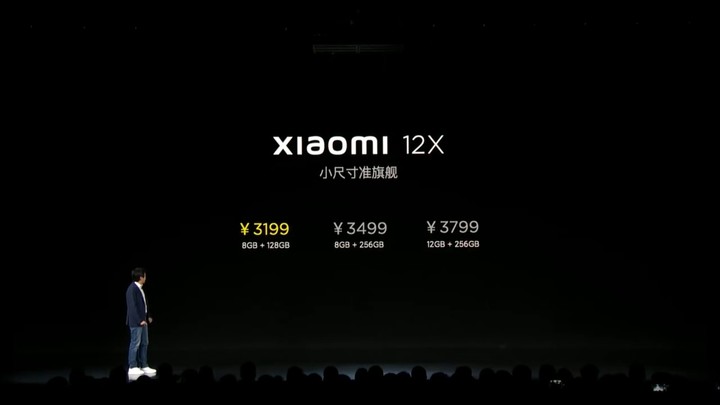
In all respects, the 12 series is still “Xiaomi”, which can be summarized simply in two words: piled materials.
It not only refers to performance, but also relates to all aspects of the user’s audiovisual experience, including symmetrical four-speaker unit design, Harman Kardon tuning, front and rear ambient light sensors, Corning Gorilla Glass Victus and many other features, but it is clear that today The system is the key to Xiaomi’s constraints, and looking at the Xiaomi 12 series, which is originally equipped with the MIUI 13 system, what a surprise it can bring us.
Mi Watch S1
At present, Xiaomi’s smart watches are currently on sale, and there is only one Xiaomi Watch Color 2 that is positioned for leisure sports, while the Xiaomi Watch S1 released today is more business-oriented.
The appearance of Mi Watch S1 has become more serious. The outer ring bezel made of 316L austenitic stainless steel, coupled with the surface of sapphire glass, is much more refined than Watch Color 2.
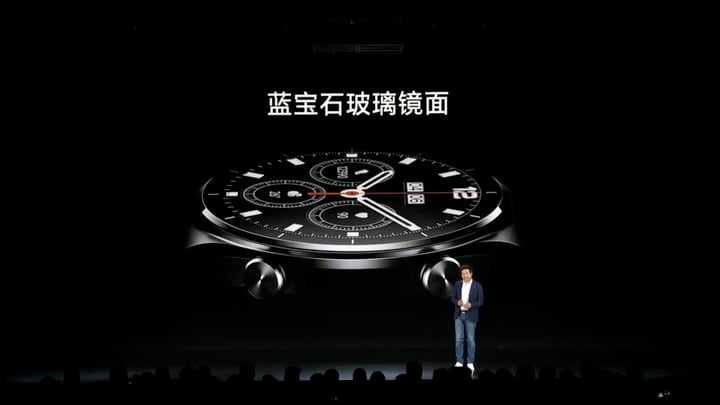
The round dial uses a 1.43-inch AMOLED screen with a resolution of 466 x 466 and a pixel density of 326PPI. The screen uses a 60Hz refresh rate, and the smoothness of the sliding interface and animation effects is guaranteed.
In order to be more in line with the temperament of the entire watch, Xiaomi Watch S1 adds the purchase option of a leather strap on the basis of a fluororubber strap, allowing users to choose to wear the appropriate strap to attend according to the occasion.
The watch body weighs 36.3 grams and supports 5ATM water resistance.
After booting, the content inside is not much different from Watch Color 2, 200+ dial, 117 sports modes (19 professional sports modes), taking tennis mode as an example, including sports duration, calories, distance run, and shots Data such as times, forehand/backhand/smash times, heart rate, etc.
In terms of health indicators, Mi Watch S1 supports all-weather heart rate, blood oxygen, sleep monitoring, and sedentary reminders, but it lacks ECG monitoring function, which is a pity.
It is equipped with dual-frequency GPS and supports four kinds of satellite positioning including Beidou; users can download more than 20 third-party applications including Alipay, Baidu Maps, and NetEase Cloud Music in the application store.
The Mi Watch S1 is equipped with an RTOS system, equipped with a 470mAh battery. In normal mode, it can be used for 12 days at full power, while in long battery mode, it can last for up to 24 days.
It has a multi-functional NFC, so the functions of public transportation and access card are not lost. In the end, its price was set at 1099 yuan, plus 100 yuan for the leather strap. .
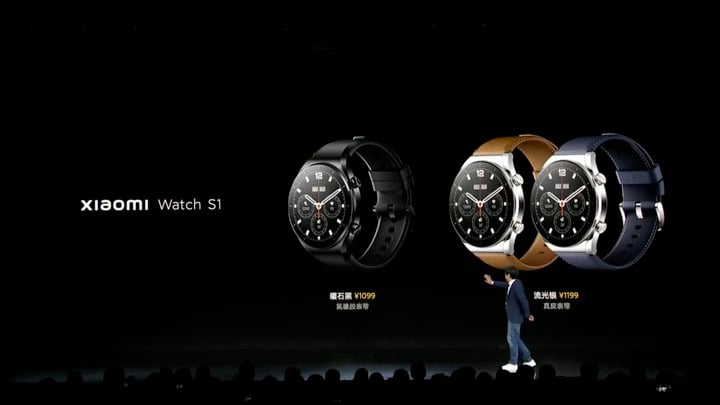
Mi True Wireless Noise Cancelling Headphones 3
At the end of September, Xiaomi released the Mi True Wireless Noise Cancelling Headphones 3 Pro at the same time at the Civi conference. People can’t help but wonder: Where is the Mi True Wireless Noise Cancelling Headphone 3?
No, it’s coming.
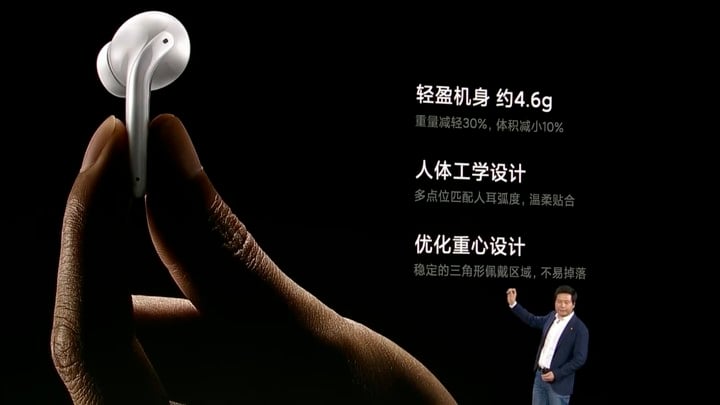
The charging box is still round, and the surface has been sandblasted, so it is not easy to slip away on a smooth platform.
The earphone body is designed with a mix and match of materials, with a large area of matte treatment, with a strip of bright surface for embellishment, and the ears are short. A slight protrusion is provided on one side of the earphone handle to facilitate the user’s positioning during pressure-sensitive operations.
It is equipped with three levels of noise reduction modes (deep/balanced/light), with a noise reduction depth of up to 40dB, adopts a super dynamic dual magnetic unit, and has HiFi-level sound quality. The overall performance is close to the true wireless noise reduction headset 3 Pro, but it is absent. Spatial audio. The headset has a 7-hour battery life with noise reduction turned off, and it can last up to 32 hours with a charging box. The price is 499 yuan, and the initial price is reduced by another 50 yuan, which is 200 yuan cheaper than the Pro version.
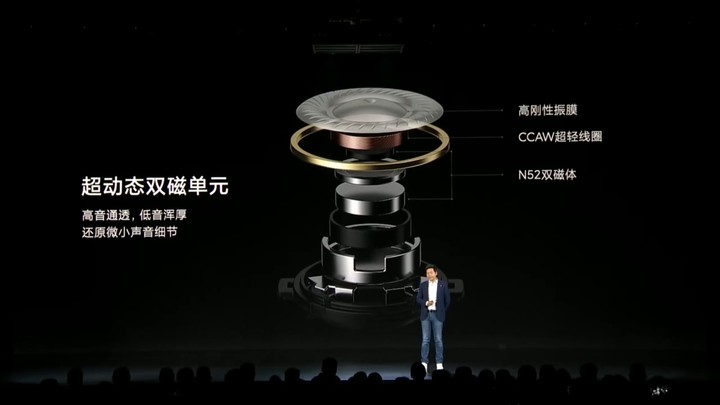
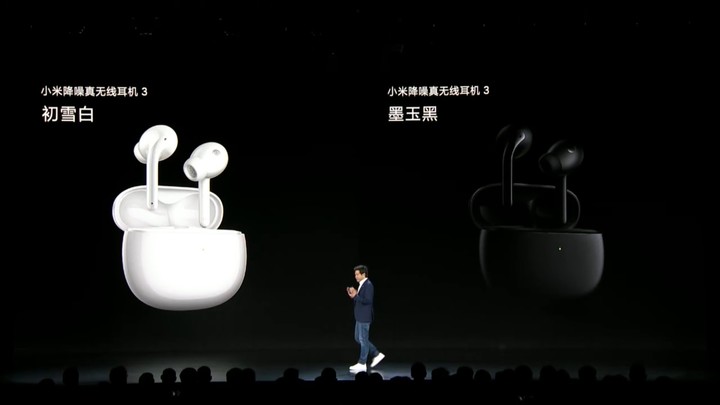
All products launched at this conference will be pre-sold at 10 o’clock tonight, and will be sold for the first time in all channels at 8 o’clock in the evening on December 31st. It can be seen that these new products are still very competitive, but the iPhone has been mentioned countless times during the whole press conference. Lei Jun also set Apple as a competitive target, repeating it repeatedly at the press conference, but what will the final result be? , Just leave it to the market to prove it.
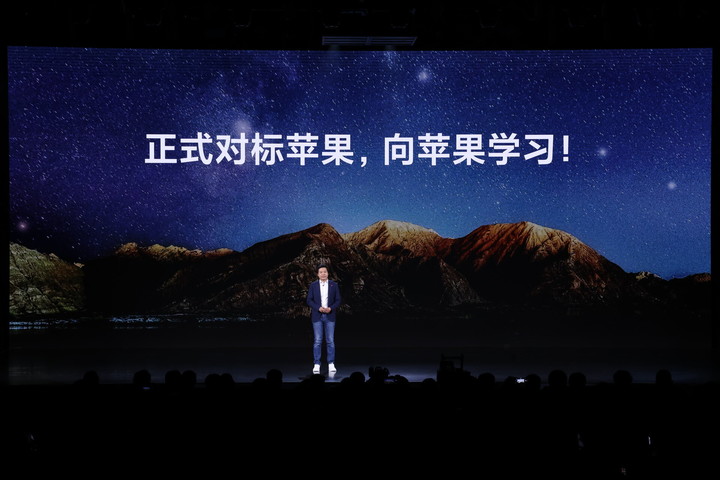

.
